Infrastructure Investment Initiatives
Government initiatives aimed at enhancing infrastructure are significantly impacting the Geotextiles Market. With increasing investments in roads, bridges, and drainage systems, the demand for geotextiles is expected to rise. For instance, the construction sector is projected to grow at a rate of 8% annually, leading to a heightened need for geotextiles in various applications. These materials play a crucial role in soil stabilization, erosion control, and filtration, making them indispensable in modern infrastructure projects. As nations prioritize infrastructure development, the Geotextiles Market is poised for substantial growth, driven by these initiatives.
Expansion of Agricultural Applications
The expansion of agricultural applications is significantly influencing the Geotextiles Market. With the growing need for efficient land use and crop protection, geotextiles are increasingly utilized in agricultural practices. These materials aid in soil stabilization, weed control, and moisture retention, thereby enhancing crop yields. The agricultural sector is projected to adopt geotextiles at an accelerated pace, with an expected growth rate of 6% over the next few years. This trend highlights the versatility of geotextiles in various agricultural applications, further solidifying their role in the Geotextiles Market.
Rising Demand for Sustainable Solutions
The increasing emphasis on sustainability is driving the Geotextiles Market. As environmental concerns gain prominence, industries are seeking eco-friendly materials for construction and landscaping. Geotextiles Market, made from natural and recycled materials, align with this trend. The market is projected to witness a compound annual growth rate of approximately 10% over the next five years, reflecting the growing preference for sustainable solutions. This shift not only addresses environmental issues but also enhances the durability and performance of construction projects. Consequently, the Geotextiles Market is likely to expand as more stakeholders prioritize sustainability in their operations.
Technological Innovations in Material Science
Advancements in material science are revolutionizing the Geotextiles Market. Innovations such as the development of high-performance geotextiles with enhanced durability and functionality are emerging. These materials are engineered to withstand extreme conditions, thereby expanding their application range. The introduction of smart geotextiles, which can monitor environmental conditions, is also gaining traction. This technological evolution is expected to propel the market forward, with a projected growth rate of 9% in the next few years. As industries adopt these advanced materials, the Geotextiles Market is likely to experience a transformative phase, characterized by increased efficiency and effectiveness.
Growing Awareness of Soil Erosion and Sediment Control
The rising awareness regarding soil erosion and sediment control is a pivotal driver for the Geotextiles Market. As environmental regulations become stricter, industries are compelled to adopt effective erosion control measures. Geotextiles Market serve as a vital tool in preventing soil erosion, particularly in construction and agricultural applications. The market is anticipated to grow by approximately 7% annually, reflecting the increasing recognition of the importance of soil conservation. This trend underscores the necessity for effective sediment control solutions, positioning the Geotextiles Market as a key player in environmental management strategies.
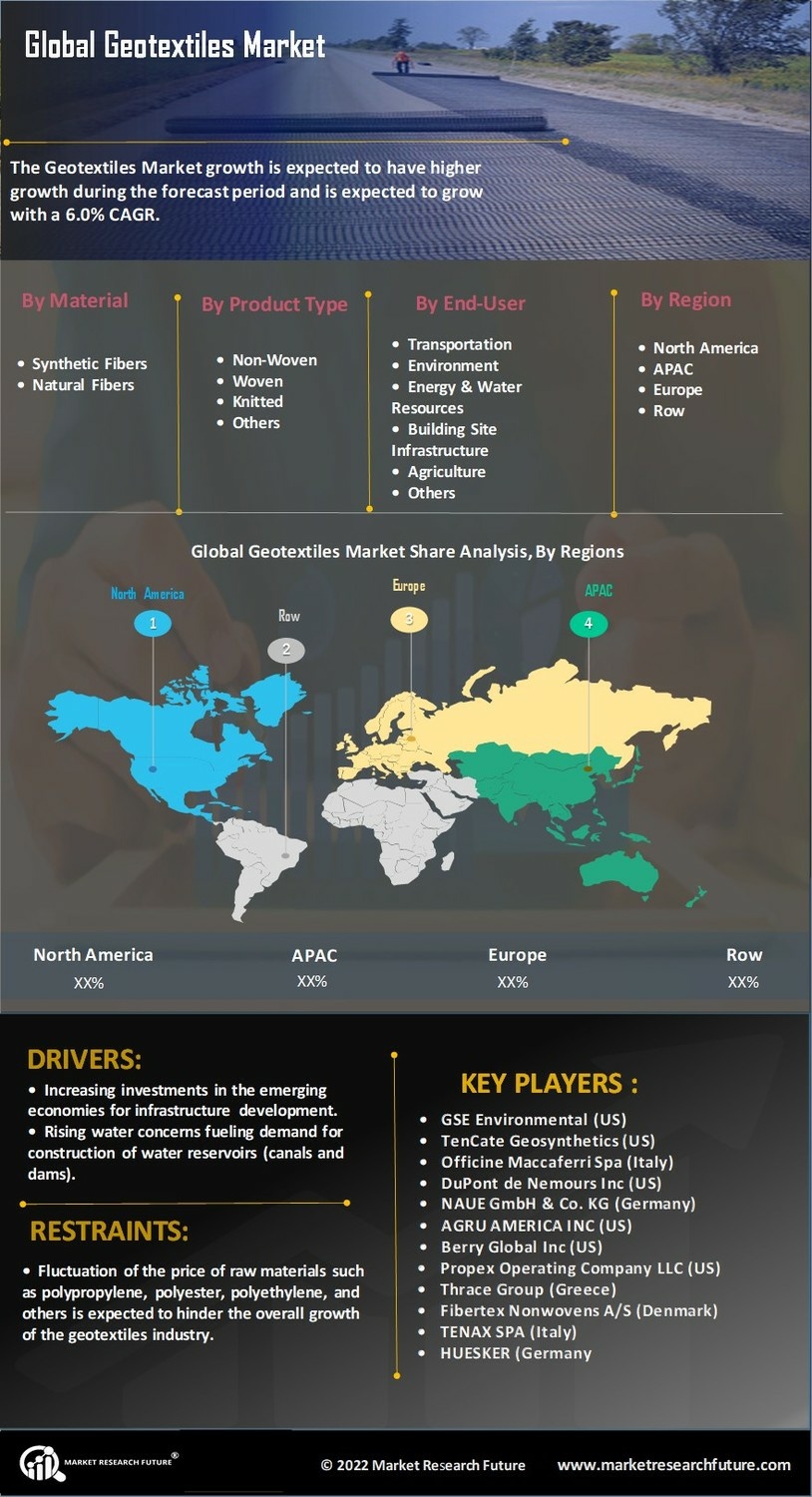

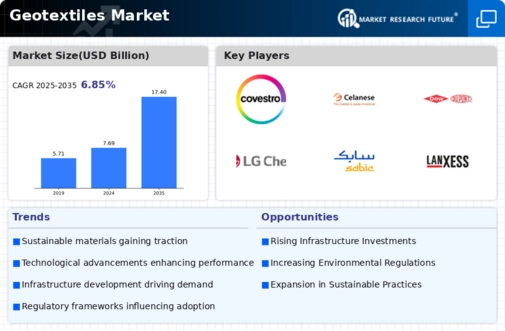
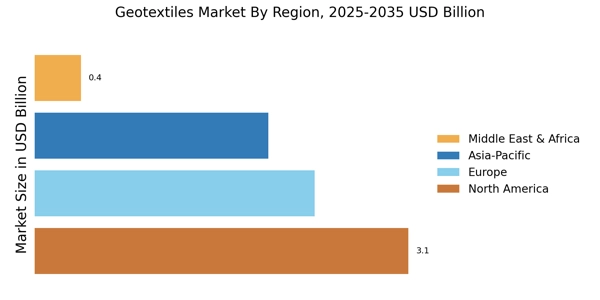
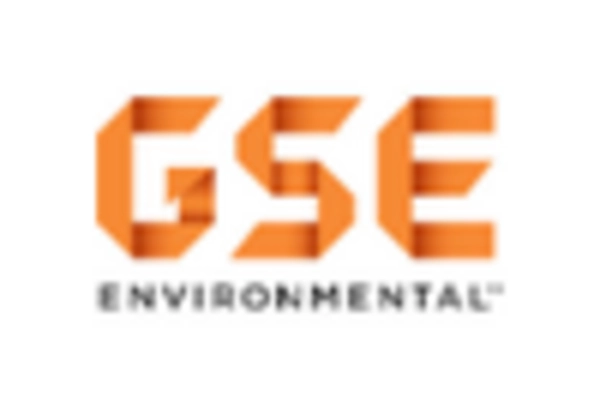
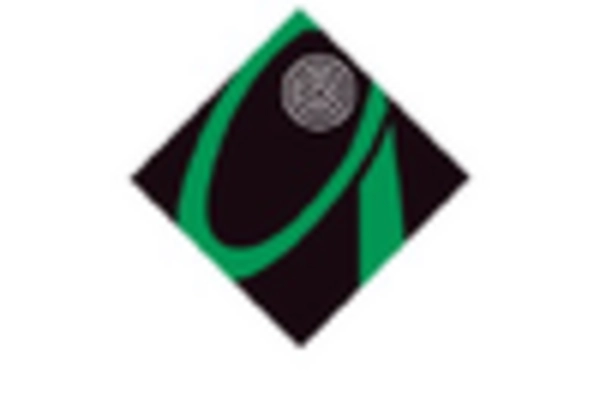
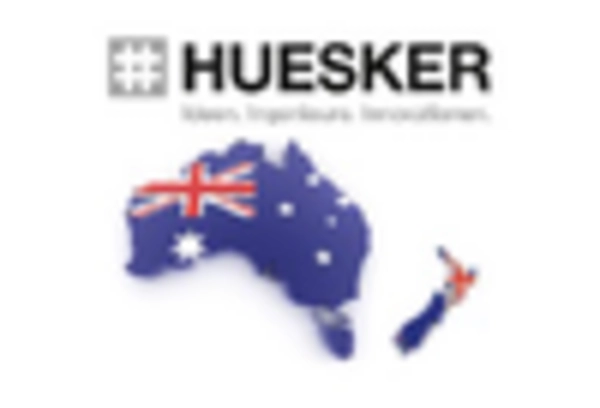
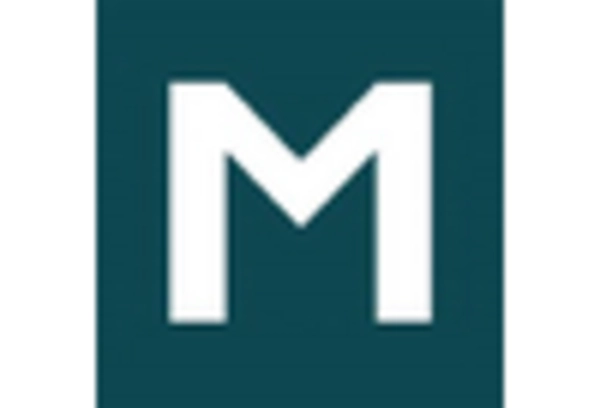
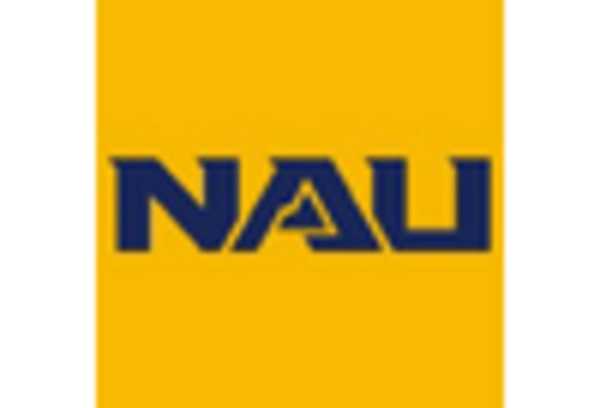
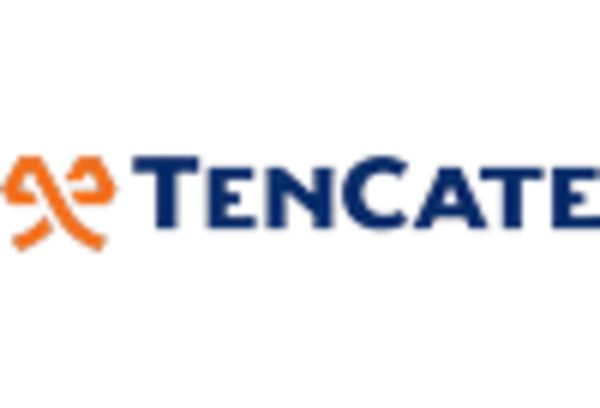








Leave a Comment